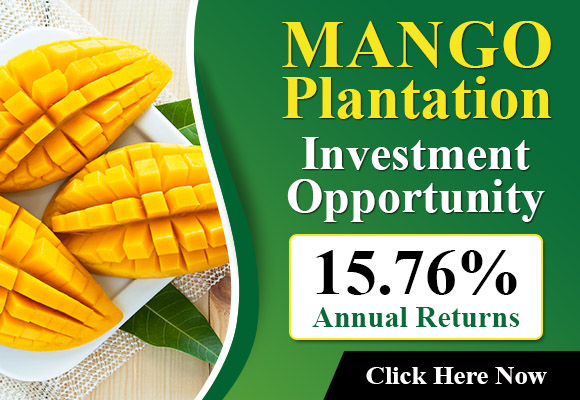In the marketing the year (MY) 2023/24 Lemon production is predicted to rise by 6.7 percent, and will increase to 175,000 metric tonnes (MT) because of high yields and a rise in the area of cultivation. Exports will grow by 8.8 percent, and will total 74,000 metric tonnes. In MY 2023/24, the production of orange is expected to decrease by 2.2 percent, totalling 175,000 MT because of low profit as well as a reduction in the area that is planted. Exports of orange will be affected by the decrease in production and will total 90000 metric tons. Mandarin is a crop that has increased rapidly in the last 10 years of marketing due to the high profit margins. In MY 2023/24, mandarin exports are expected to rise by 7.3 percent to 250,000 metric tonnes. On March 20, 2023, Chile was granted access to Mexico. Mexican market for lemons, clementines and mandarins through a system of inspection that avoids Fumigation, thus improving the condition of the product and extending longevity of the shelf.
FAS Santiago estimates MY 2023/24 lemon production at 8,150 Hectares (ha) which is a 1 percent improvement over the 2022/23. It follows the upward pattern of the last three seasons of the marketing year. The lemon area in Chile has increased from 5,911 ha in MY 2016/17 and 8,081 ha in MY 2022/23 as people realized that producing lemons and export to be a lucrative alternative. Within the Valparaiso and Coquimbo areas, the citrus crop was a feasible alternative to other crops like avocado due to its price value and the low amount of water required.
Based on FAS Santiago sources, Chilean lemon farmers are currently working to increase yields and efficiency by ensuring that they are able to manage water use as well as diseases. For MY 2023/24 because of the increased area of land that is being planted and the expectation of higher production, Post projects lemon production to increase by 6.7 percent, and will increase to 175,000 tons.
Chile produces lemons that are sold to the market during summer between December and March during which prices are at their highest. During winter during the months of June through September international prices for northern the hemisphere are more expensive than the domestic market, and the majority of producers export their lemons into those markets.
Click here to read the entire report.
Source: apps.fas.usda.gov
Source: The Plantations International Agroforestry Group of Companies
